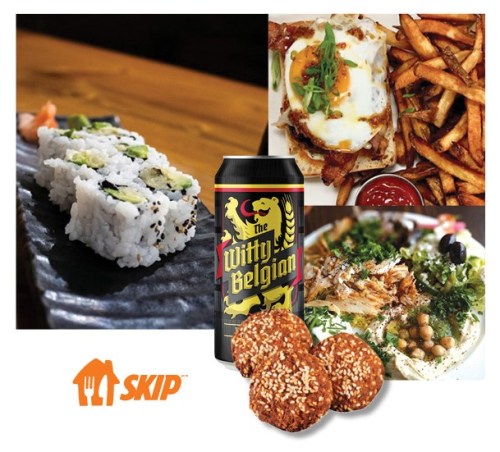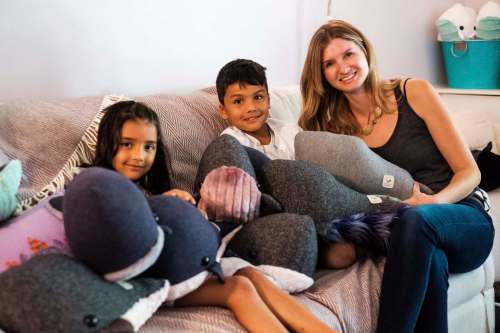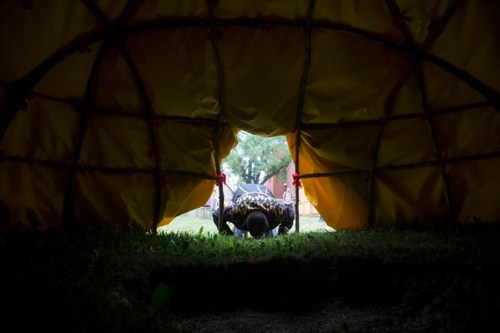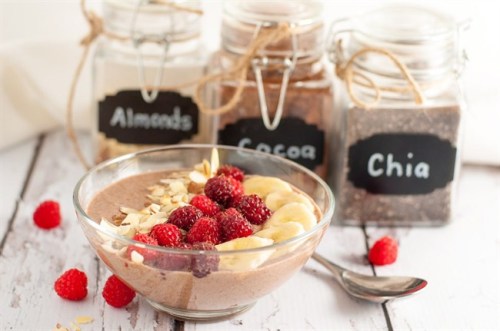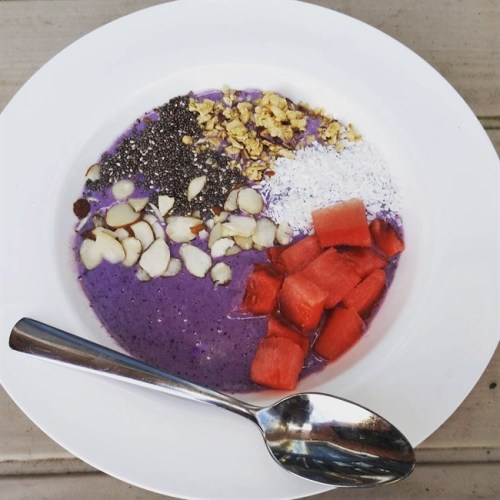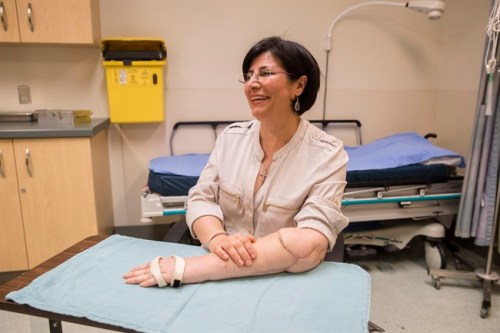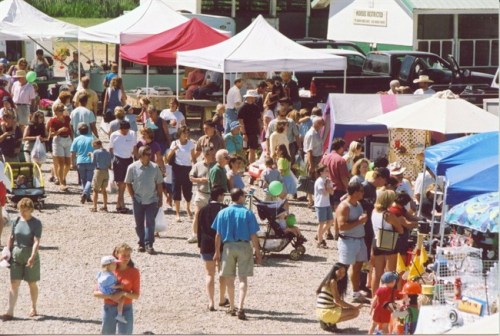Home and Family
Is sleeping with your baby a good idea? Here’s what the science says
7 minute read Saturday, Nov. 25, 2023This article was originally published on The Conversation, an independent and nonprofit source of news, analysis and commentary from academic experts. Disclosure information is available on the original site.
___
Authors: Gabrielle Fréchette-Boilard, Doctorante en psychoéducation, Université du Québec à Trois-Rivières (UQTR); and Evelyne Touchette, Adjunct professor, département de psychoéducation, Université du Québec à Trois-Rivières (UQTR)
Sleeping with your baby is not life-threatening, but it’s not essential either. Rather, it’s a family choice that you should make with your partner.
Advertisement
Weather
Winnipeg MB
-9°C, Blowing snow
Spotify to add advisories to podcasts discussing COVID-19
3 minute read Preview Sunday, Jan. 30, 2022Fun Feasts
6 minute read Preview Saturday, Nov. 7, 2020Easing painful goodbyes
6 minute read Sunday, Sep. 16, 2018In December, Chelsea Lincoln’s pet rat, Juniper, developed an incurable tumour. Lincoln then faced every pet owner’s hardest realization. It was time to end Juniper’s struggle.
When the euthanasia appointment time arrived, however, Lincoln didn’t agonize with her ailing pet in a crowded reception area. Instead, she, along with Juniper and her partner, Rand Ryherd, both of Hillsboro, Ore., entered a “comfort room” furnished with soft couches, calming artwork and a plush rug. Lincoln and Ryherd said their goodbyes to Juniper, then summoned the veterinarian with an in-room phone. Sad as she was, Lincoln said, the experience was a relief — particularly after the long wait she’d endured when having Juniper’s sister, Holly, put down at another clinic.
Most U.S. pet owners have their ailing animals euthanized at veterinary offices, which are more widely available and typically less expensive than in-home euthanasia providers. But as house-call services have grown more popular, veterinary clinics have also sought to make end-of-life experiences more personal for both clients and pets, providing separate entrances, candles and soothing music among other touches.
“The home euthanasias are still growing, but clinics are starting to recognize more how important it is,” said veterinarian Mary Gardner, who co-founded the in-home euthanasia network Lap of Love and regularly gives talks at veterinary conferences. “And they’re stepping up now.”
How a prairie landlubber became known for her marine life pillows
6 minute read Preview Saturday, Aug. 18, 2018How to dump someone the humane way, according to science
4 minute read Sunday, Oct. 15, 2017Planning on dumping a partner, firing an employee or otherwise delivering bad news to someone this week? A new Brigham Young University study offers advice on how to minimize the psychological damage you inflict when you drop a bombshell.
There are two schools of thought when it comes to the science of bad news. One holds you should soften the impact of the news by padding it with an “explanatory buffer,” laying out the case for what you’re about to say before you actually say it. Conversely, other research has found that you should just tear the Band-Aid off, delivering the bad news first and saving your commentary for afterward.
Professors Alan Manning of Brigham Young University and Nicole Amare of the University of South Alabama wanted to untangle part of this apparent contradiction. To do that, they administered a study to 145 undergraduates that involved A/B testing of a number of bad-news scenarios — such as warnings about physical danger and news of a bad medical diagnosis.
For instance, in one of the experiments, they asked participants to imagine they had been dating a person they liked for about a month and that they met up with that person in a café. They were then asked which of the two scenarios would be “least bothersome” to them.
‘I’m taking the dog’: when couples with pets break up
5 minute read Preview Sunday, Sep. 17, 2017Bride shocked by Obamas’ response to wedding invite
2 minute read Sunday, Aug. 6, 2017When you let your mom handle your wedding guest list, you never know who she’ll try to invite. Your grand aunt Marge’s first husband. The mailman. Maybe even the U.S. president and first lady.
Texas bride Brooke Allen was shocked to learn that her mom, Liz Whitlow, took the liberty of sending Michelle and Barack Obama an invite to her daughter’s March wedding back in December. Allen had no idea her mother had done so, until Whitlow shared the letter she had just received back, congratulating the couple.
“We hope that your marriage is blessed with love, laughter and happiness, and that your bond grows stronger with each passing year,” the card reads. “This occasion marks the beginning of a lifelong partnership and as you embark on this journey, know you have our very best for the many joys and adventures that lie ahead.”
Allen shared a picture of the note on Twitter, writing, “IM HOLLERING.”
Card-playing equals Wii for stroke recovery: study
4 minute read Preview Tuesday, Jun. 28, 2016Sweat lodge augments hospital's services
4 minute read Preview Friday, Jun. 24, 2016Smoothie bowl recipes: Basic, mocha almond, green coconut
4 minute read Preview Thursday, Jun. 23, 2016Colourful smoothie bowls take over social media
4 minute read Preview Thursday, Jun. 23, 2016Canada's 1st hand transplant patient now feels 'whole'
7 minute read Preview Thursday, Jun. 23, 2016Gen X snapping up cottages: Royal LePage
2 minute read Thursday, Jun. 23, 2016TORONTO - A new report from realtor Royal LePage says members of so-called Generation X are buying twice as many cottages as Baby Boomers.
The report says retirement planning and vacationing are among the reasons most often cited by those looking to purchase recreational properties.
Royal LePage says the typical cottage buyer is a couple with children, most likely in the Generation X demographic, which the report defines as those aged 36 to 51.
The report defines Baby Boomers as those between 52 and 70.
Food landscape in Canada unhealthy: researcher
4 minute read Wednesday, Jun. 22, 2016TORONTO - Canada's food landscape is becoming awash in swamps, or areas where there's an overabundance of unhealthy items, says a University of Saskatchewan professor.
And no matter where in Canada you live or what your income level is, accessing healthy food is not always easy, says Rachel Engler-Stringer.
"Think about your day-to-day movement throughout the neighbourhood or the city or wherever you go. How many times do you encounter chocolate bars, potato chips, pop?" Engler-Stringer says from Saskatoon.
"We're at the point now where you can't even go to a car mechanic without there being chocolate bars on the counter. They're literally absolutely everywhere and our grocery stores are heavily dominated by foods that are not considered healthy.
Dos and don'ts of shopping at farmers markets
5 minute read Preview Monday, Jun. 20, 2016LOAD MORE



